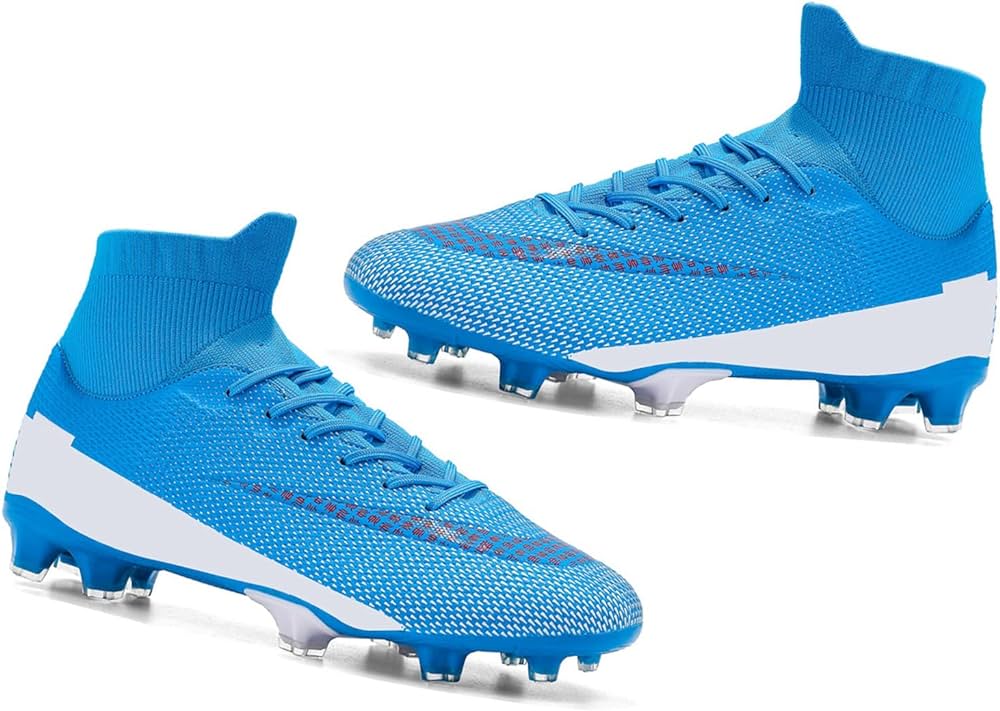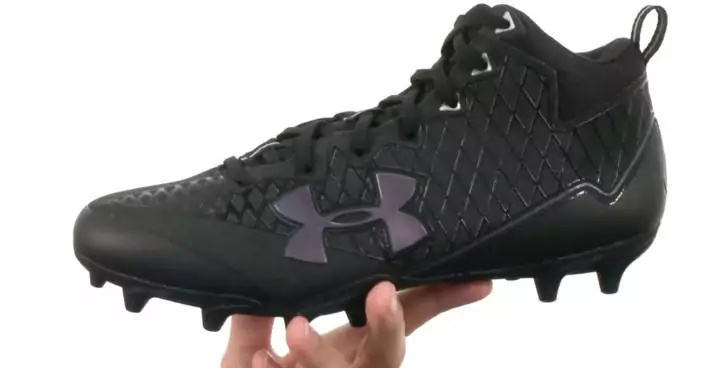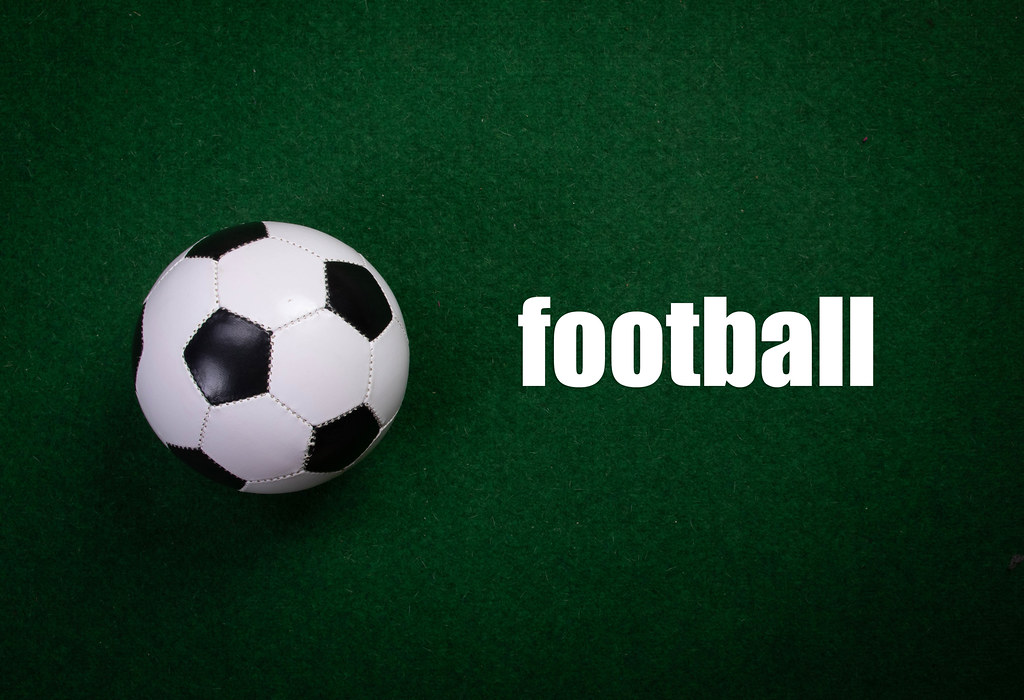Are Lacrosse Cleats the Same As Soccer Cleats: The Verdict

Lacrosse cleats and soccer cleats are not the same. Lacrosse cleats typically have more ankle support and a different cleat pattern.
As footwear is integral to an athlete’s performance, the choice between lacrosse cleats and soccer cleats can significantly impact gameplay. Athletes frequently debate the nuances of sports gear, and the distinction between various types of cleats is a prime example of such discussions.
Understanding the differences and selecting the right cleat is crucial for comfort, agility, and injury prevention on the field. Soccer cleats are designed for a sport that involves continuous running and quick direction changes, while lacrosse cleats cater to the diverse needs of a sport that combines elements of basketball, soccer, and hockey. The selection hinges on the type of support an athlete needs, the nature of the turf, and the specific rules of each sport regarding equipment.

Credit: aztecasoccer.com
The Roots Of The Cleat
Early cleats were simple shoes with metal or leather projections. These spikes improved traction on various playing surfaces. Over time, sport-specific cleats evolved to meet athletes’ needs.
Soccer cleats became lighter and lower-cut for flexibility. This change allowed quick movements and agility. Lacrosse cleats, in contrast, provided more support, especially around the ankles.

Credit: laxgoalierat.com
Cleat Design & Functionality Comparison
Lacrosse cleats and soccer cleats differ in sole pattern and stud arrangement. Soccer cleats typically have shorter studs and more uniform patterns. This design aids quick lateral movements. In contrast, lacrosse cleats often feature longer studs and varied patterns. These provide better traction for sudden stops and sprints.
Ankle support is another key difference. Many lacrosse cleats rise above the ankle, offering a mid-cut style. This height gives players additional support during twists and turns. Soccer cleats usually cut below the ankle. This low-cut design offers freedom for constant footwork.
Lastly, concerning material and durability, lacrosse cleats are designed for rougher play. They often employ heavier materials to withstand contact. Soccer cleats lean towards lightweight materials. This allows for faster movement and better ball control.
Performance On The Field
Lacrosse cleats and soccer cleats may look similar, but they differ in grip and traction. Lacrosse models usually have a more aggressive tread pattern. This design gives players better grip on different surfaces. Lacrosse cleats also often feature a toe stud. This helps with fast starts and quick direction changes.
These differences are crucial for player maneuverability. A good cleat impacts how well a player can turn, dodge, or sprint. Lacrosse players need this for the fast-paced nature of their game. Soccer cleats, on the other hand, focus on balance. Players run longer distances and need stability for steady footwork.
Credit: vimeo.com
Versatility And Specialization
Lacrosse cleats and soccer cleats have distinct designs. Players choose them based on sport requirements. Lacrosse cleats are for grip and protection. They come with extra ankle support and durability to handle physical contact.
Soccer players need lightweight and flexible cleats for quick moves. Soccer cleats’ low-cut style helps in speed and agility on the field. Both can be used in different sports. Yet, using the right type helps in performance and safety.
The Verdict: Lacrosse Vs Soccer Cleats
Choosing the right cleats is crucial for lacrosse players. Soccer cleats may work for casual play. Yet, they might not give the best support for lacrosse. Lacrosse cleats often have extra ankle support. This helps prevent injuries during fast-paced games. For those who need flexibility and speed, soccer cleats could suffice in lax games.
Athletes should pick cleats based on their sport’s demands. In lacrosse, foot protection and ankle stability are key. These are not as crucial in soccer. So, mid or high-top lacrosse cleats are often better. They protect against harsh impacts. Remember, the choice depends on personal comfort and play level.
Conclusion
Navigating the cleat conundrum can be tricky. To decide on lacrosse vs. Soccer cleats, assess your play style and comfort needs. Both options offer unique benefits suitable for specific field conditions and player movements. Remember, the right cleats not only enhance performance but also minimize injury risks.
Choose wisely to step up your game – whether chasing a ball or cradling a lacrosse stick.


